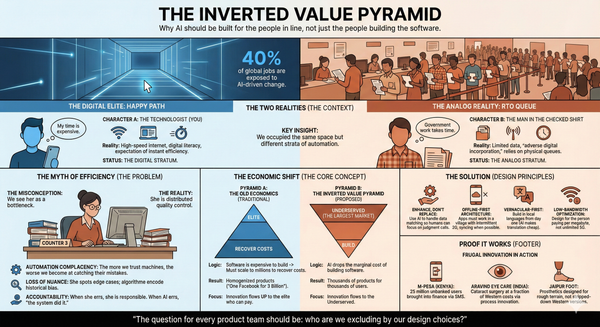CRM does not improve sales performance
Dave Hurlbrink writes (blog post not available anymore) how conventional CRM or SFA applications are not designed to serve the needs of a sales person. The value proposition of a “360 degree view of your prospect/customer” is not what the sales person needs to improve his performance.
A sales person is already juggling with multiple opportunities in the pipeline that are fighting for attention and that take long to close. What the sales person needs is a way to simplify the information and make it actionable. And he needs to be able to get this without feeding in a whole lot of data in the system.
Dave suggests the following:
What these salespeople require is a sales-centric application that helps them with the issues critical to their personal and departmental success such as:
- What’s the next specific step I need to be taking with each prospect in my pipeline and when should I take it based on the natural, not forced, progression of my prospect’s buy cycle?
- What information do I need to gather next from my prospects that will provide and build on the contextual knowledge I must have in order to best help them visualize how my products or services will help them achieve an objective, satisfy a need or solve a problem.
- What information do I need to convey next to my prospects that will provide and build on the contextual knowledge they need to properly and fully understand how my products or services will help them achieve an objective, satisfy a need or solve a problem.
- Which of my prospects should I prioritize my time and attention to based on how they’ve demonstrated their levels of interest?
- What members of my extended sales team do I need to involve now in my sales opportunities and what will they need to accomplish?
- How can I delegate administrative but necessary tasks to optimize my sales time with prospects?
What is required is a customizable template that the sales person can use to track the progress of each opportunity with minimal data entry. The template needs to act as a sales guide and a reference for the sales person to use when evaluating and prioritizing opportunities.
The template can easily capture the progress of the opportunity through various sales stages or milestones, and automatically measure the time taken to move through the pipeline. This gives the sales person a measure of the pipeline velocity – or the speed at which the opportunity is moving through the pipeline. This is a very important metric that can help the sales person prioritize opportunities.
Recognizing that the sales person is the primary constraint in scaling up sales, any system can serve to improve sales performance only when it improves the throughput of the sales person.




